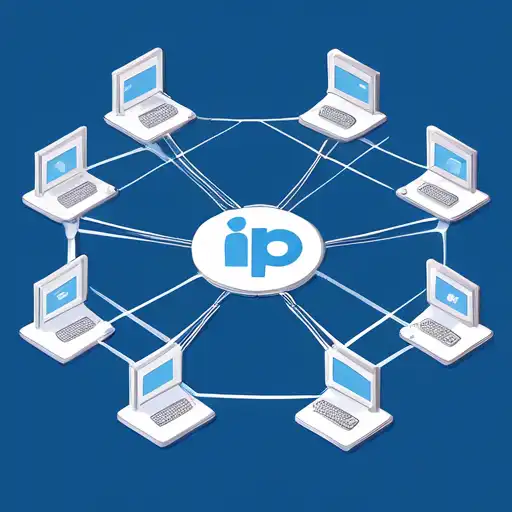Introduction to IP Addresses
In the digital world, IP addresses play a crucial role in connecting devices across the internet. An IP (Internet Protocol) address is a unique identifier assigned to each device connected to a network, enabling them to communicate with each other. This guide will walk you through the basics of IP addresses, their types, and how they function within networks.
What is an IP Address?
An IP address is a numerical label assigned to each device participating in a computer network that uses the Internet Protocol for communication. It serves two main functions: identifying the host or network interface and providing the location of the host in the network.
Types of IP Addresses
There are two primary versions of IP addresses in use today:
- IPv4 (Internet Protocol version 4): The most widely used version, consisting of four numbers separated by dots (e.g., 192.168.1.1).
- IPv6 (Internet Protocol version 6): Developed to deal with the exhaustion of IPv4 addresses, it uses a more complex format (e.g., 2001:0db8:85a3:0000:0000:8a2e:0370:7334).
How IP Addresses Work
IP addresses are essential for routing data packets across networks. When you send a request to access a website, your device uses the website's IP address to locate and retrieve the data. This process involves DNS (Domain Name System) servers translating human-readable domain names into IP addresses.
Static vs. Dynamic IP Addresses
IP addresses can be either static or dynamic:
- Static IP Addresses: These remain constant and are manually assigned to a device. They are ideal for hosting websites or services.
- Dynamic IP Addresses: Assigned by a DHCP (Dynamic Host Configuration Protocol) server, these addresses can change over time. They are commonly used for residential internet connections.
Why Understanding IP Addresses is Important
Grasping the concept of IP addresses is fundamental for anyone looking to understand how the internet works. Whether you're setting up a home network, troubleshooting connectivity issues, or diving into network security, a solid understanding of IP addresses will serve as a strong foundation.
Conclusion
IP addresses are the backbone of internet communication, enabling devices to identify and locate each other across vast networks. By familiarizing yourself with the basics of IP addresses, you're taking the first step towards mastering networking concepts. For more advanced topics, consider exploring subnetting, NAT (Network Address Translation), and the future of IPv6.
